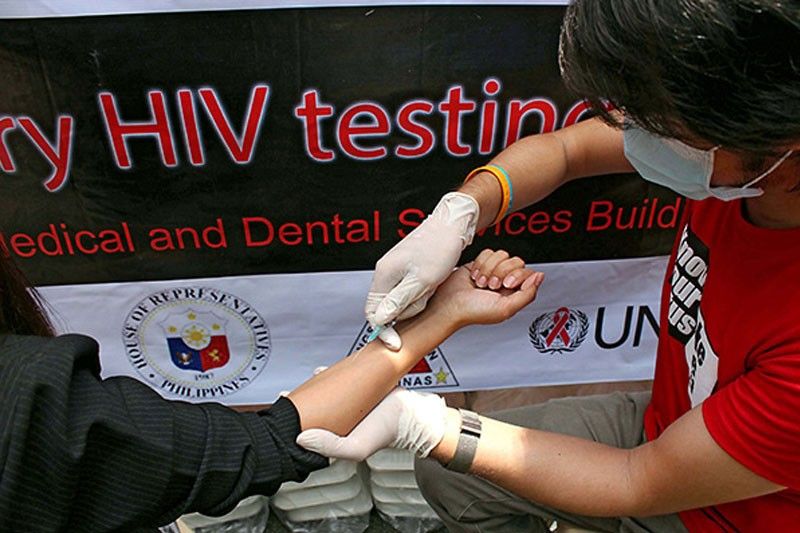HIV-related deaths up by 66 percent

CEBU, Philippines — A Filipino – most likely male aged between 15 to 34 years old – dies of severe health complications from the human immunodeficiency virus (HIV) every 12 hours.
“The growing number of deaths among Filipinos with HIV is unacceptable, considering the availability of free treatment that can allow them to enjoy almost normal lives,” said Anakalusugan Partylist Rep. Michael Defensor in a statement.
Defensor, House health committee vice chairperson, said that from January to July this year, there were 460 reported deaths of Filipinos afflicted with HIV, an increase of 66 percent from the 276 listed in the same period last year.
“It would seem that new HIV cases are not being spotted and treated fast enough and early enough. This explains the increasing loss of lives and the large number with advanced infection,” Defensor said.
Defensor said that coupled with strong preventive education, government has to find ways to encourage more Filipinos who suspect that they may have acquired HIV to seek early testing and treatment.
He said that the figures show that the cumulative deaths from HIV infection since the government started passive surveillance in 1984 is already at 3,514. Most of the victims are males (3,202) while females (312).
The data shows that 50 percent of those who died from HIV were at age 25 to 34 years old; 28 percent aged 35 to 49 years old; 15 percent were 15 to 24 years old; 6 percent were 50 years and older; and one percent under 15 years old.
Defensor added that the national AIDS registry as of July lists an aggregate of 69,512 confirmed HIV cases, and 12 percent or 8,410 of them have “advanced infection,” or clinical stage 3 or 4.
HIV destroys the body’s immune system and causes AIDS or the Acquired Immunodeficiency Syndrome.
He said that the condition still does not have any known cure, but timely diagnosis and therapy with daily antiretroviral drugs can keep HIV under control and enable individuals to live healthfully and productively.
The predominant mode of HIV transmission in the country is sexual contact – with 85 percent of all cases from male-to-male sex and 11 percent from male-to-female sex.
The other modes include infected needle-sharing among those who inject illegal drugs, mother-to-child conveyance and contaminated blood product transfers.
The Department of Health has designated 104 HIV treatment hubs and primary care facilities across the country that provide both in-patient and outpatient services, and another 56 centers that provide outpatient services only. (FREEMAN)
- Latest























